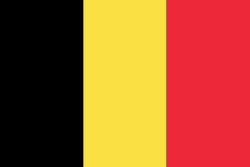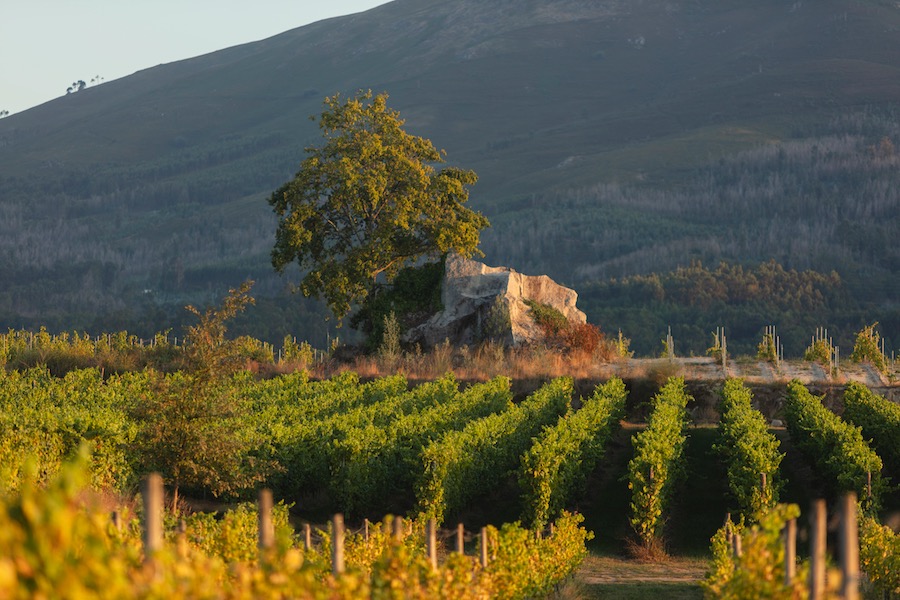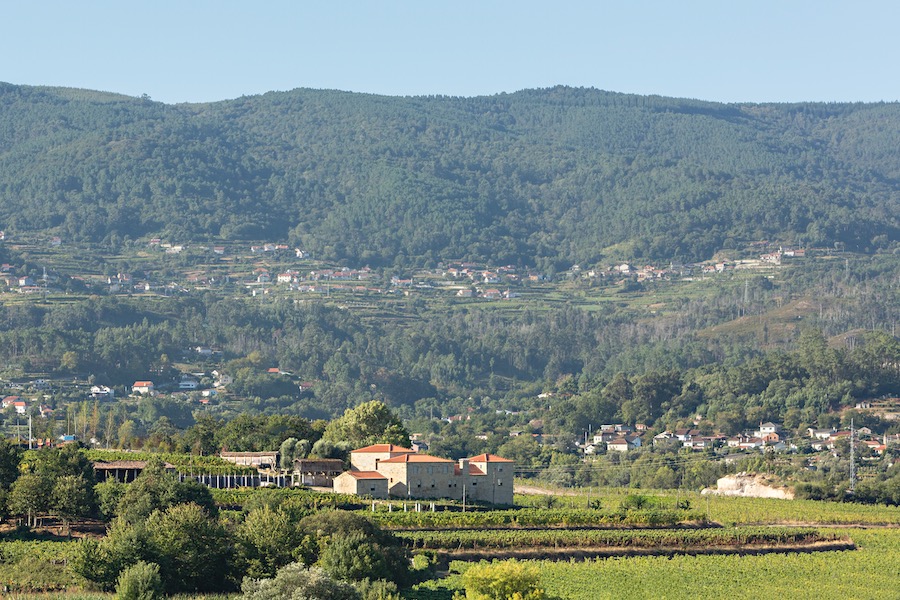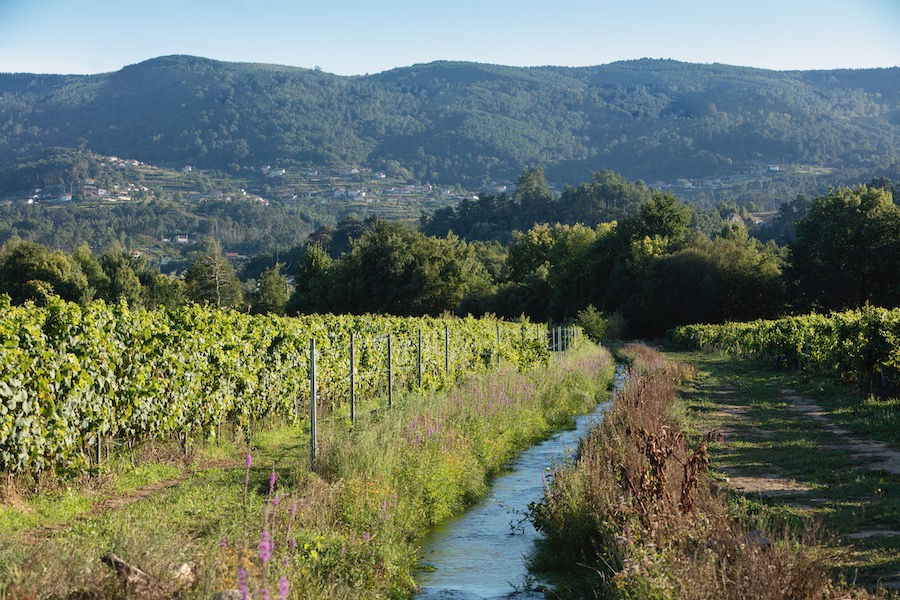wine regions
Vinho Verde/Minho
The Vinho Verde is Portugal's northernmost region known for wines with an enticing freshness. White wine dominates production, but more and more tasty, light-bodied red wines are being made.
The driving force behind the freshness and energy of the wines is the cool, Atlantic climate.
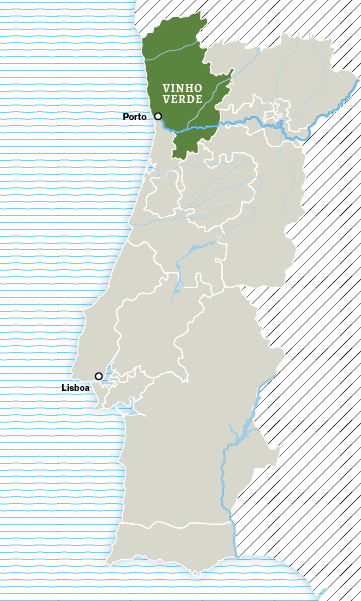
9 sub-regions each have their own dominant grape varieties and diverse characters. 3 areas stand out the most, with the Minho in the lead. Home of the Alvarinho grape included in Portugal's best white wines. These come in all sorts of guises ranging from tightly mineral and fresh to mouth-filling and deep. They are all made in the territory of 2 municipalities, Moncão and Melgaço. We are more than 60km inland here, so the ocean influence is somewhat less and the grapes are often riper than in the coastal areas.
A little further south, in the Lima valley, and closer to the ocean, the Loureiro grape makes very aromatic white wines. In general, they are a lot simpler than the Alvarinhos.
The third notable subregion, on the banks of the Douro, is also immediately its southern border. While the upper reaches of the Douro form a separate appellation with a warm climate that lends itself perfectly to the production of sweet port wines, the river mouth has a distinctly Atlantic climate.
This is therefore where Avesso makes very fresh and characterful white Vinho Verdes.
What all Vinho Verde wines have in common is a remarkably high storage potential. Even simple wines retain their freshness in bottle for years because they have fine acidity at the start. In turn, the best Alvarinhos can easily handle 20 years of cellar aging. It pays to 'forget' a few bottles in the cellar with each new harvest.
The Vinho Verde has long been synonymous with slightly sparkling wines. This is easy to explain. After summer, it cooled down quickly in the hilly north of Portugal, so the fermentation of the grape juice usually stopped before all the sugars were converted into alcohol. Then, when the wine hit the market in spring, the spring temperature had revived that fermentation and the CO2 thus formed created light bubbles.
Since sparkling are not only pleasant but also camouflaging, in the 20th century people started
artificially mimicking the natural process by adding CO2 to simple Vinho Verde. Hence, a lot of wine lovers still associate Vinho Verde with simple, slightly sparkling wine.
All the region's top wines are now made in cellars with temperature control that completes fermentation completely as is the case for most modern wines. Therefore, no residual sugar and no CO2 remains in the bottle.
At the same time, we are seeing a revival of sparkling wine, but of the natural type. Producers like Dirk Niepoort recognise the enticing charm of a white wine with nice acidity and a slight sparkle. They thus make a wine that is entirely in the fashion of what natural winemakers call Pet Nat, a Pétillant Naturel. So history just repeats itself.
A typical image of the region is that of pergola-shaped vine plantings. Indeed, in every backyard in Vinho Verde you can still find these 'clothesline constructions'
where the vines are plotted up to almost 2 metres above the ground.
This used to be a very common way of making the best use of the land. You could also grow some cabbages and potatoes under your vines that way.
For today's quality wines, the vines are plotted differently and pruned much more strictly to get the necessary concentration in the grape juice with low yields.
2 small towns in the Minho valley, Monçao and Melgaço, have traditionally been recognised as the source of the best wines. While in the rest of Vinho Verde the vineyards are planted with a mix of sometimes 10 or more different grape varieties, the best plots in the north are exclusively reserved for the Alvarinho. The vines here are at an altitude between 100 and 250m. Terracing is used on the steeper slopes.
Jouw Dynamic Snippet wordt hier weergegeven ... Dit bericht wordt weergegeven omdat je niet zowel een filter als een sjabloon hebt opgegeven om te gebruiken.
